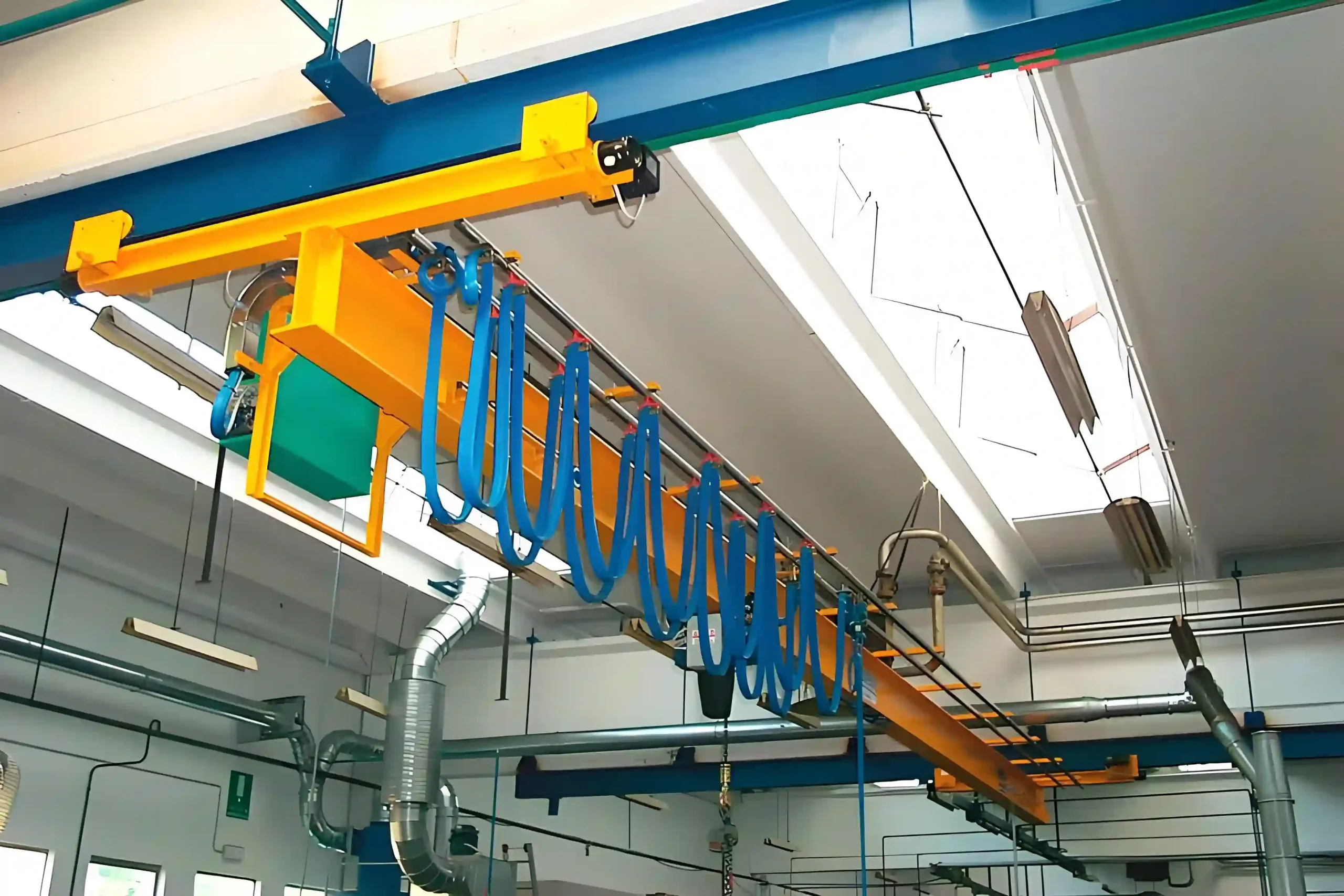Regarding the domain of photography, a select few subjects are as intriguing as cranes. We’re not talking about the avian type, but the impressive machines that control construction sites and industrial landscapes. The intricate designs and powerful structures of suspended bridge cranes, suspended single girder cranes, and electric suspension cranes offer unique opportunities for photographers. Capturing these engineering marvels requires an eye for detail and an appreciation for the artistry found in their utilitarian aesthetics.
In this article, we will delve into essential tips for photographing cranes, highlighting the aesthetic appeal and complexity of these machines. From comprehending the right angles to capturing the best lighting, each element is important in creating stunning images that showcase the elegance of cranes. Whether you are well-versed in photography or just starting, these insights will help you elevate your crane photography to exciting new levels.
Grasping Types of Cranes
Different cranes come in various forms, all designed to carry out particular elevating tasks in diverse settings. One popular type is the overhead bridge crane, which features a bridge that crosses the working area and travels along high tracks. This configuration maximizes overhead space and offers excellent mobility across large areas, which makes it perfect for warehouses and manufacturing plants.
Another common variation is the single girder crane. This design features a single beam that supports the hoist, offering a more lightweight and more cost-effective option for lifting operations. The single girder configuration allows for lower structural dimensions while providing adequate lifting capabilities for lighter loads. Its simplicity and cost-effectiveness make it a popular choice for lesser-scale tasks.
Electric cranes take advantage of electricity to operate their hoists and operations, improving effectiveness and precision. These cranes are equipped with motors that enable steady and accurate lifting, rendering them suitable for continuous use. The development in electric cranes not only reduces physical effort but also increases safety and productivity in different lifting tasks.
Essential Photographic Methods
As capturing these magnificent birds, it's essential to understand the significance of lighting. Early morning and dusk, often referred to as the golden hours, offer the finest natural light, highlighting the hues and forms of the birds. Experimenting with varied perspectives, like elevated or ground-level views, can highlight the imposing forms of the cranes in a bolder fashion. Be aware of the impacts of light and shadow as they can add depth and intrigue to your images.
Using a tripod can considerably improve the stability of your shots, particularly in dim lighting situations. A steady camera allows for longer exposure times, which can be advantageous for showing intricate details in the patterns of the cranes. Additionally, using a shutter remote or the camera's timer function can aid minimize vibrations, leading to more defined images. Combining these techniques with a faster shutter speed can also stop the movement of active cranes, highlighting their agile actions that illustrates their functionality.
Think about the composition of your images thoughtfully. Utilizing the rule of thirds can lead the viewer and create a well-balanced composition. Incorporate elements of the environment to frame the crane, such as the structures in its vicinity or the people interacting with it. This contextual information can create a narrative and add life to your photographs. Try out with different framing options to find the most compelling presentation of the crane and its environment.
Exhibiting Crane-based Artistry

Crane photography provides a unique possibility to seize the relationship between engineering and aesthetic. The streamlined contours of a elevated suspension crane can produce striking shadows against the skyline, especially at dawn or dusk when the lighting enhances their structures. Focusing on the intricacies, such as the complex components of a single girder crane, allows photographers to appreciate the skill behind these heavy-duty machines. Playing with perspectives can also emphasize the majesty and magnitude of these structures while highlighting their functional beauty.
Electric suspension cranes offer another dynamic subject for artists. Their modern design and fluid functionality can be recorded in dynamic shots that convey motion and vitality. By using methods like extended exposure, photographers can depict the dynamic action of these cranes in operation, adding a dimension of excitement to their captures. The disparity between the industrial feel of the cranes and the surrounding setting can result in engaging compositions that narrate a narrative about the place and its functions.
In conclusion, the artistry of crane photography lies in discovering aesthetic in the apparently mundane. By exploring various perspectives and experimenting with illumination, artists can enhance the depiction of cranes beyond their functional aspect. The fusion of skillful expertise, creativity, and an eye for detail can lead to remarkable captures that showcase the grace of these engineering marvels.
